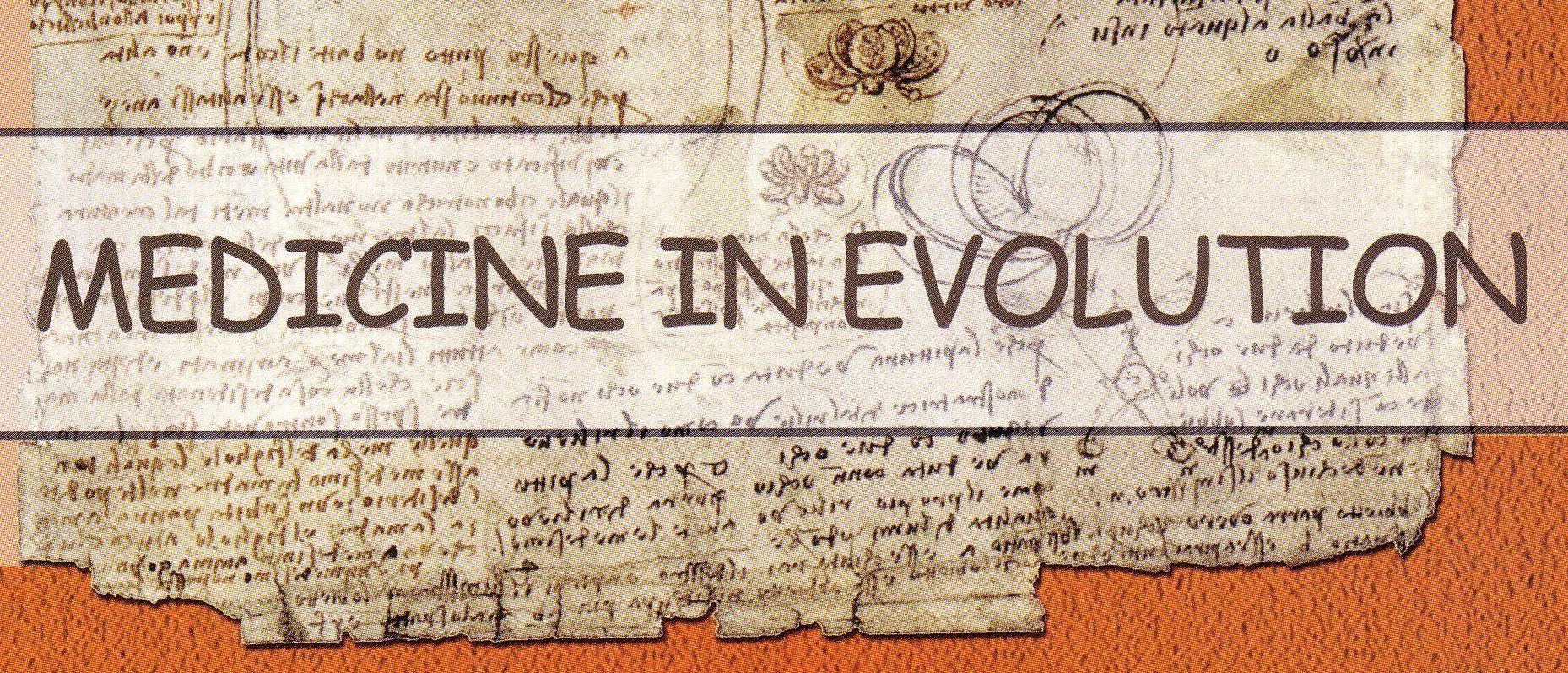|
Medicine in evolution
|
- Abstract - The aim of this study was to assess a series of caries risk indicators to find a suitable model for screening cases of adolescents at risk, and to evaluate the efficacy of an one-year intervention programme for the resulting risk groups. Clinical findings and salivary tests were related to 12 month caries increment in adolescents. The high-risk subjects with four or more risk factors were provided either with chlorhexidine or fluoride treatment, the low-risk group receiving basic prevention. An age and sex-matched control group was chosen. Life-long data on all subjects werw colleted from their dental records. The model (DFS-decay, filled surfaces-, Candida and sucrase) offers supplementary information for finding adolescents at risk of caries, for targeting individual preventive measures and for patient motivation. The results indicated the importance of dental age and of providing prevetive procedures at the time of tooth eruption.
Webmaster: Creanga Madalina |
|---|
